|
Friends…. Just as our hens are continually fluctuating in their laying cycles, broody seasons, and molting each year - we will notice too that our Egg / chick Buisnesses will also go through ebbs and flows through out the year.
You gotta think, at this point in the season most people either have full incubators or they’ve been hatching consistently since January and they can’t bare to brood another chick… then of course there’s those whose marriages may not stand the test of one more bird on premises. So, if you’ve been feeling like Buisness is slow - you’re not alone, this is a normal part of the cycle each year. Which really is just as well because we’re also right in the midst of broody season - and as soon as that’s over we’ll be heading into summer where our girls are so hot and miserable they don’t want to lay daily anyway. Normal demand for hatching eggs and chicks will resume for a short period in the fall before we head into molt… and then again in spring… and so on.. you get the idea..
0 Comments
I just got flogged by this Isabel Ameraucana Cockerel - and this is one circumstance where I am absolutely going to let it go.
You see, this beautiful little Bresse lady also seen pictured in this post Was hatched and raised alongside this cockerel and a few other random pullets. She was the only chick out of a clutch of Bresse eggs I hatched this spring - so I just threw her in with these Ameraucanas while I worked to hatch more Bresse. Fast-forward to now, where I have been able to cultivate a beautiful flock of American Bresse to go alongside her (with the amazing help of Whitney Bissonette Bissonnette Acres) And Hank has completed the coop that they will live in. So, usually I would move chickens around at night. I find that it’s always easier and less stressful on everybody if they’re moved around at night and snatched straight off the roosting bars. However, today I went against my own policies and I’m moving these birds around in the middle of the afternoon. And that’s why the flogging took place. This beautiful Isabel Guy has never shown even an ounce of aggression up until today, he’s never even given me the side eye. But as I snatched up this lady, causing quite the commotion, and walking out of the coop, you better bet that he flogged my shin on the way out. Honestly, if there was ever a time where a flogging was deserved, that would be it. So I will absolutely be letting this one slide. ***Edited to share that I made an executive decision to put this Bresse Pullet back with her Isabel Amerauana Protector the following day. The reality is, my Bresse program will function just fine without her. I believe her presence is better served with the flock she was raised with. Earrings are available @ www.pisceanuntamed.com
Farms mentioned are: Holly Oaks Fluffy Butt Hut https://www.hollyoaksfluffybutthut.com/ Gypsy Hen Poultry https://gypsyhen.com/ Bissonette Acres https://www.facebook.com/BissonnetteAcres?mibextid=LQQJ4d I’ve been seeing and getting a lot of questions about how to be guaranteed your chickens are going to lay pink eggs.
And… The short answer is, there is no guarantee - and furthermore there is no chicken who actually lays “Pink” eggs. In fact - to be technical, chickens are only capable of laying two different colored eggs - and those are Blue or White. No matter what color you see on the outside of the shell - when you crack those eggs open, the shell inside is either going to be blue or white. All of your blue and green eggs (no matter the shade) are going to have a blue eggshell base. All of your browns, creams, “pinks” and “purples” are all going to have a white eggshell base. The presentation of all of the beautiful colors that we see on our eggs including green, olive, grey, dark, brown, pink, and purple - all of these colors are caused by what is essentially an overlay on top of the eggshell. Grays, pinks, and purples specifically are generally caused by very heavy blooms on top of that initial overlay of color deposit that causes the egg to look brown or green to begin with. This process of color deposit is one of the very last thing that happens in the development process of the egg, through the oviduct on its way out to hatch. …And here is the thing, shades can vary daily (even from the same hen) and bloom deposits and speckles may also vary daily. So a hen who lays super super heavy bloomed, gray, pink or purple looking eggs sometimes - almost definitely will not lay that way every day. However, if she has the capacity to lay with those blooms and speckles that were really hoping for, even periodically, then it means that she possesses those genetics within her. Which leads us to our next point… Blooms and speckles tend to be genetic. It has definitely proven to be true in my flocks that those are traits that carry on down lines of chickens. So, the way to breed towards having pink egg colors is to work with either brown or cream laying breeds, and hatch from hens who are prone to laying heavy bloomed eggs. Around here I see “pink” most often from my Wyandottes, Marans and brown laying back crossed Olives. Ameraucanas have become my favorite breed to use in Olive Egger Breeding programs - and likely one of my favorite breeds over all.
Ameraucaunas (alongside Cream Legbars) are renowned by colored egg breeders because of their homozygous Blue Egg genes - meaning they carry two copies of those blue egg genes and are guaranteed to pass one of those genes down to offspring. They also always pass down those adorable muffs and pea comb in that first generation It’s common for production markets like feed stores, hatcheries and backyard breeders to mistakenly refer to Easter eggers as Ameraucanas. To give those manufacturers the benefit of the doubt, their mislabeling could be due to the fact that the birds theyre referring to also have that Ameraucana Muff and comb. But this is simply because Ameracaunas are used so frequently in egg color projects acrossed the board. What separates Olive Eggers from Easter Eggers is the mindfulness of choice of birds used to create the stock - and those homozygous blue egg genes. First Generation Olives should originate from a Marans (or welsummer or barnevelder - but we want the darkest brown genetics available) and a Homozygous Blue layer (Legbar or Ameraucana). To keep these Olive Lines “Olive”, from that F1 generation we breed back either to another Olive, Marans or True Blue Layer. When we stay within this breeding that’s how we get our later generations of Olive Eggers. There are too many potential unknown variations in Easter Eggers for them to be considered for use within Olive Breeding Projects. If you’re concerned about whether your bird is an Easter Egger or an Ameraucana - knowing the SOP for Ameraucanas is the solution. It will be helpful to know some information that the APA has provided us about the Standards for Ameraucanas. Recognized Ameraucana colors include Black, Blue, Splash, Blue Wheaten, Buff, Brown Red, Self Blue (Lavender), Silver, Wheaton, and White. Breed traits include a pea comb, full tails, muffs and beards, black legs, no ear tuffs, and white skin. Self Blue or Lavender is a newer recognized color variety and was only recognized in 2020 by the APA ***Edited to say that Splash had also been approved as an accepted color variety of Ameraucana Coccidia is easily one of the most common (and scariest) illnesses we'll experience in our chicken keeping careers. It is most common amongst younger birds and chicks, typically effecting those under 16 weeks of age. Without treatment the consequences of Coddicia usually claim the lives of our chicks quickly and seemingly without warning. The good news is that with a little bit of knowledge about what symptoms to look out for and how to treat once symptoms do present there is absolutely no resin to suffer tremendous losses in our flocks. The best method I've found for treatment of coccidia is Corid. Here is a link to where to find it on amazon: https://amzn.to/3wEW2WP Corid is a product that I always keep on hand in my chicken keeping medicine cabinet just in case! In addition to this video, I've also provided you with the dosage chart that I use when treating my own chicks with Corid. Why I Would Never Ever Use Either of These Blue Copper Marans Hens in any Marans Breeding Program5/12/2024 These two Blue Copper Marans Ladies are absolutely the darkest brown layers I’ve got. I acquired them as chicks on a whim a few years ago from a mixed box of day old chicks left over from a friends hatch after shipping orders.
However, I will never EVER use these two in ANY Marans breeding program. Would you like to take a moment to see if you can pick out a few reason why? . . . . . . . . . . . . . . . First, let’s be clear - No one is capable of hatching and raising all chicks to meet SOP. We’re always working on things. And even with the best possible breeding pairs, sometimes things pop up genetically. In my Black Cooper Marans flock for example, I work with several hyper melanized birds, and I see chronically floppy combs. In general though, there is a lot of good I’m working with over there when it comes to type, eye color, feathered shanks and so on… so, the ends justify the means. With these blue ladies, there’s just to much for me to even want to attempt to work with them. -Their eyes are too dark, they should be a reddish bay color. -Their shanks are too lightly feathered. The shank and outer toe should have a light/medium covering of feathers. -What is even happing with these combs??? They should be straight and five pointed. -They lack copper around the hackles. -There’s not really much to meet the eye when it comes to type either. Ultimately, egg color is all these ladies have going for them {when it comes to a breeding program} It’s not that I don’t care about egg color. I do! Like most of us - That’s the thing that attracted me to Marans in the beginning. But I’m not willing to abandon things I know to be true about my interpretation of SOP in an effort for dark eggs. I’ve learned to breed for type first and then work on egg color from there. Because their egg color is so stellar, they have made their way into one of my Olive pens! This is actually my first season breeding them, so I’m excited to see the depth in Olive Color that their offspring produce. They are currently in a pen underneath Blue Ameraucana and Black Ameraucana roosters. I collected a great representation of what you can expect color wise from various Olive Egger Backcrosses.
This picture features eggs layed by: A first generation Olive Egger (F1) - her parents were a true blue laying (homozygous for blue egg genes) hen underneath a Marans rooster. A Back Crossed Olive Egger (BC1) / Crossed back to a Marans Rooster - Mom was an F1 Olive Egger who was bred underneath a Marans Rooster. A Back Crossed Olive Egger (BC1) / Crossed back to an Ameraucana Rooster - Mom was an F1 Olive Egger who was bred underneath an Ameraucana Rooster. Personally, I love the variety of colors that comes from various breeding set ups with Olives. In my experience, the way to keep Olive lines “pure” - because let’s be honest, they’re a glorified mutt breed - I am mindful to only use True Blue Layers, Marans and Olives whose genetics I know, in my Olive Breeding programs. Within those parameters, I give myself lots of room to “paint” with genetics. And let’s not forget that traits like Speckles and Heavy Blooms are also typically passed down genetically PSA
“Americana” is not the same as “Ameraucana”. If you’re a pet chicken owner simply looking for cool chickens and colored eggs, then this couldn’t matter any less. But - if you’re interested in breeding and/selling hatching eggs and chicks, then it’s important to know the difference. “Americanas” are Easter eggers. They are a mixed breed who will hopefully lay some variation of lighly colored eggs, but ultimately there is no guarantee on egg colors or genetics. Theyll come in all different colors and varieties. There is no standard for Easter eggers. Ameraucanas are an American Poultry Association recognized breed. Ameraucanas are Homozygous blue egg gene carriers - meaning they carry two copies of the blue egg gene and will lay blue eggs of the time (although the shade may vary and sometimes/rarely be greenish leaning). This is why they are a favorite in olive breeding programs. They are identifiable by their pea combs, muffs and beards. Their earlobes are small and round, and their wattles are small or absent; earlobes, comb and wattles are all red. Their shanks are clean (without feathers) slate-blue, tending to black in the black plumage variant. The following colors are recognized in the American Standard of Perfection: black, blue, blue wheaten, brown red, buff, silver, wheaten, white, blue, splash and most recently self - blue. Pictured here are two of my birds. A wheaten cockerel and a self-blue pullet.
Can you spot the Queen on this frame?
My friend Jen and I spent some time in my Hives today. Honestly it’s been too long since I’ve done even an inspection. Especially considering this is a delicate / busy time of year for bee keeping! Just like our chickens, gardens and many other living things - Bees reproduce like crazy in the spring! In our climates here in north Florida, usually by the time when the end of February hits we start seeing a huge increase in bee populations with swarms typically happening by the onset of March. Swarms happen when the population of the colony grows so large, and typically in such a small space, that the queen signals to the rest of the colony that they need to split. This ultimately is an effort to propagate the species. The OG Queen will leave the colony in search of a new home, leaving the other half (ish) of the colony behind to rebuild with a newly emerged Queen. There are practices that beekeepers take in early spring in an effort to manage swarms, and keep their bees close to home. One way we do this is by splitting hives. However - as previously stated, I’ve been busy, and allowed the hives to sit longer than is suggested without human interference. As a result, I’ve performed no swarm management this spring. The other thing to consider though: is that because I’ve taken no action to prevent these colonies from swarming at their digression - there was likely brood breaks for them in between Queens (a point in time where no eggs were being layed, and no new bees being produced) A new Queen does not emerge ready to lay eggs. She must fly out and mate with a male bee to become fertilized before returning to the hive to begin laying. So - that time between the emergence of a new Queen and her becoming mates may have offered a break in the laying cycles within my hives. It could definetly be true that those brood breaks also helped to give any varroa mites a break from reproducing, as they let eggs inside brood cells. We’re very happy to report however that even with my negligence 10/12 hives look great! Queens are present and laying, resources look great and bees are calm and busy. Typically we would be coming into a honey flow this time of year. A “Honey flow” happen when the bees are able to forage for both pollen and nectar in the environment to produce honey from. It appears though that several of the colonies are still repopulating after swarming so we may not be harvesting just yet! But I’m sure we’re on track for a nice Fall harvest. With healthy, well managed hives, it’s not uncommon for us to be able to get two honey harvests a year here in North Florida. We’ve decided to make uses out of any wax and propolis we can collect as well. More will be revealed |
ArchivesCategories
All
|
© Mojo Homestead LLC 2025
Images © Noell Smith 2014-2025 All rights reserved
Images © Noell Smith 2014-2025 All rights reserved
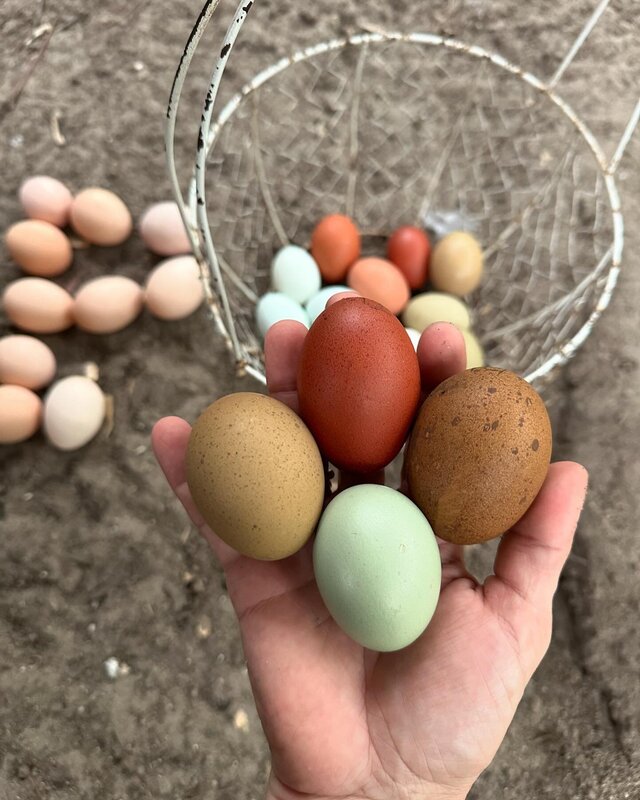
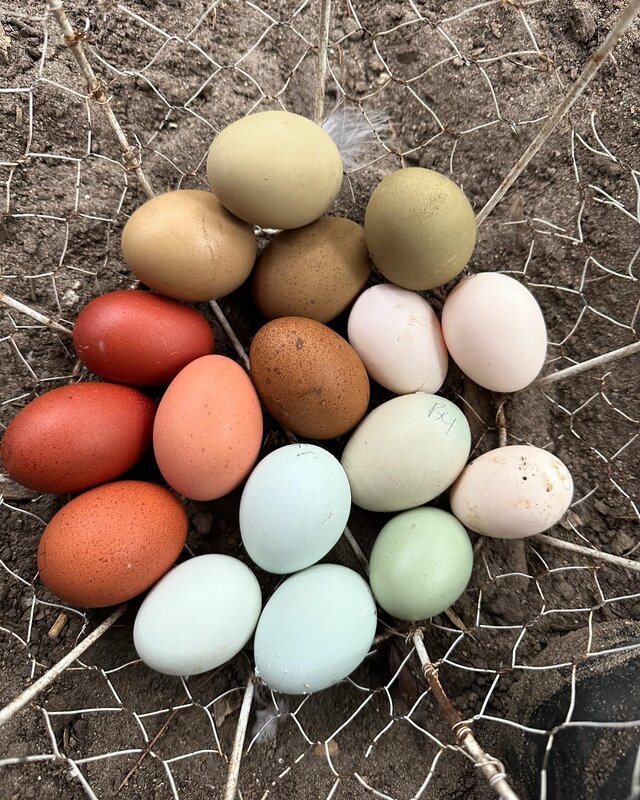
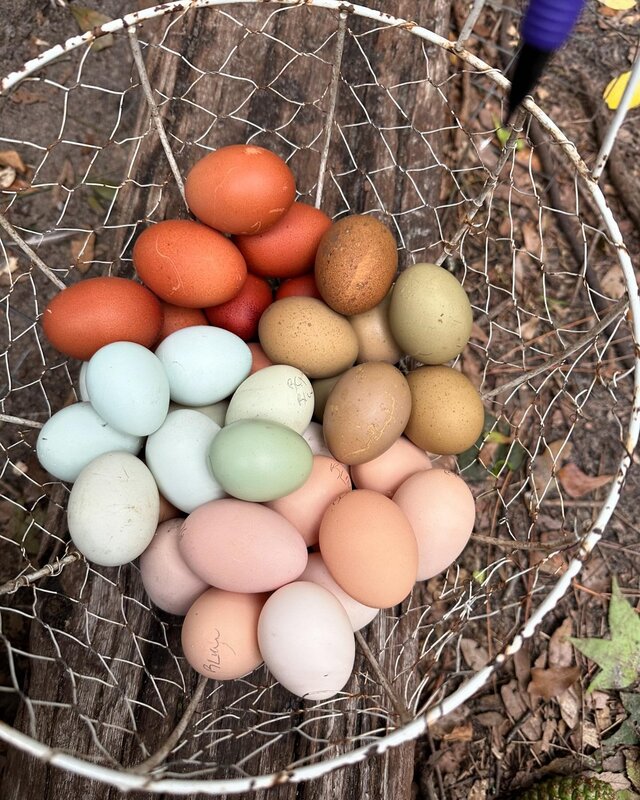
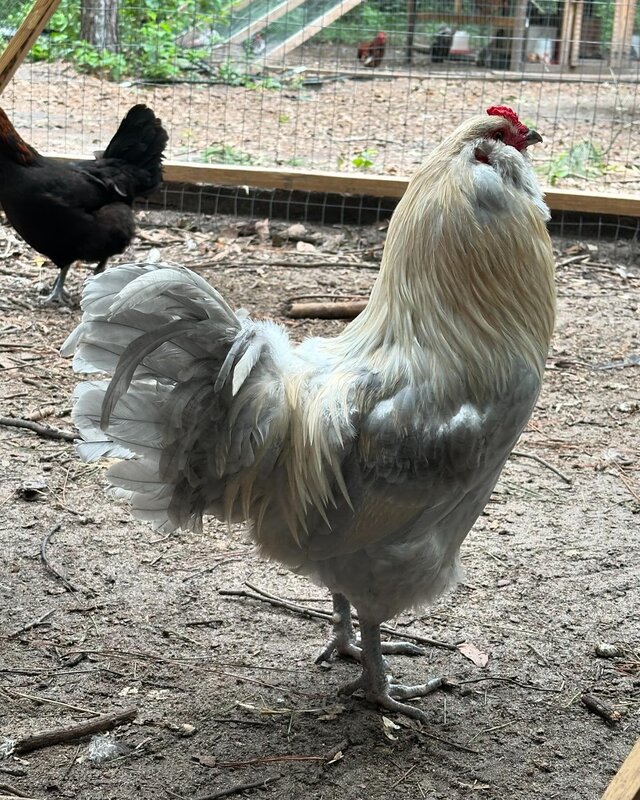

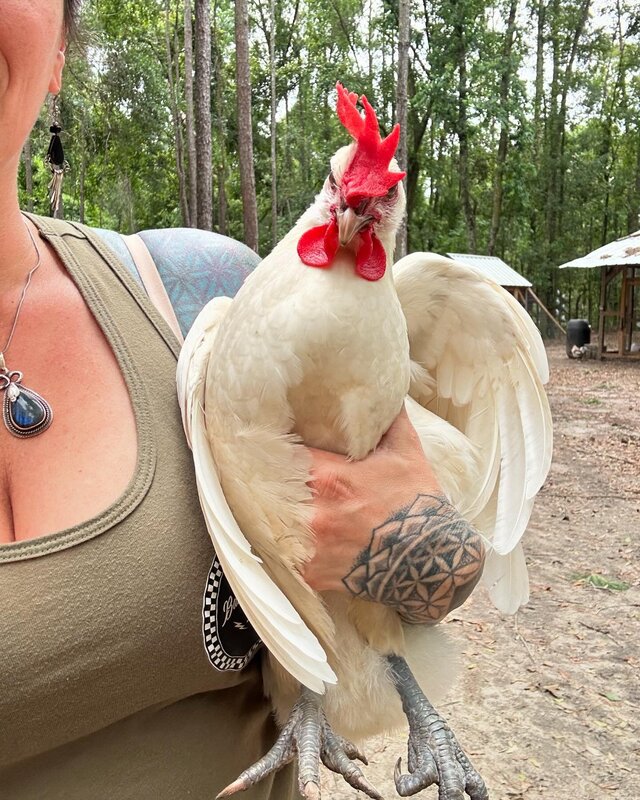
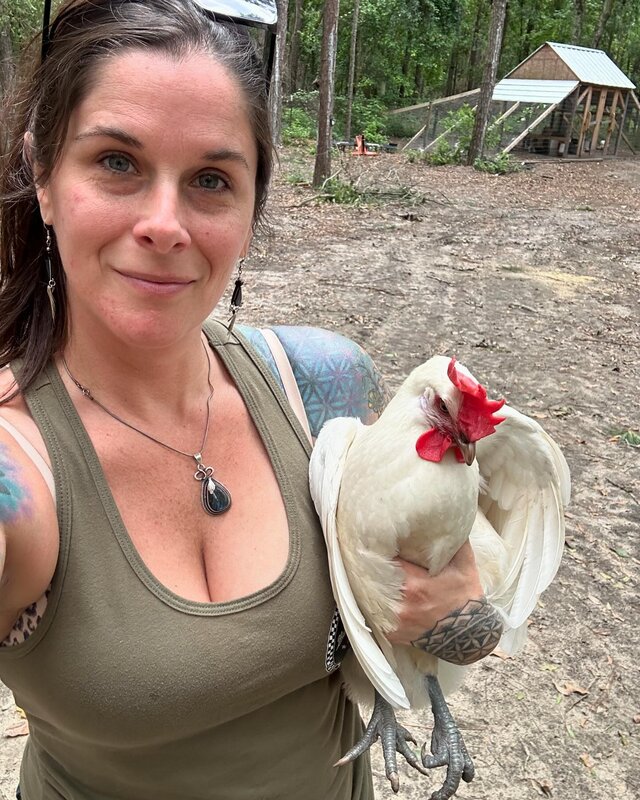
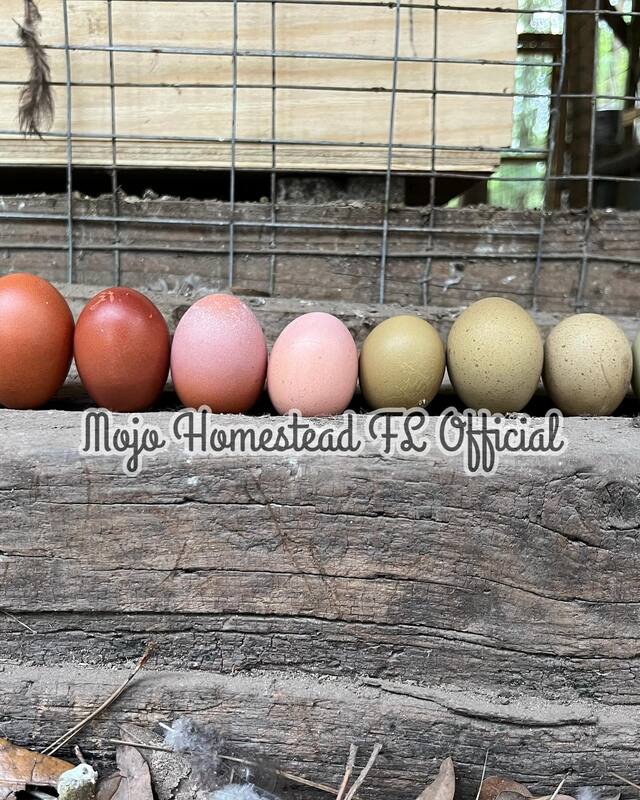
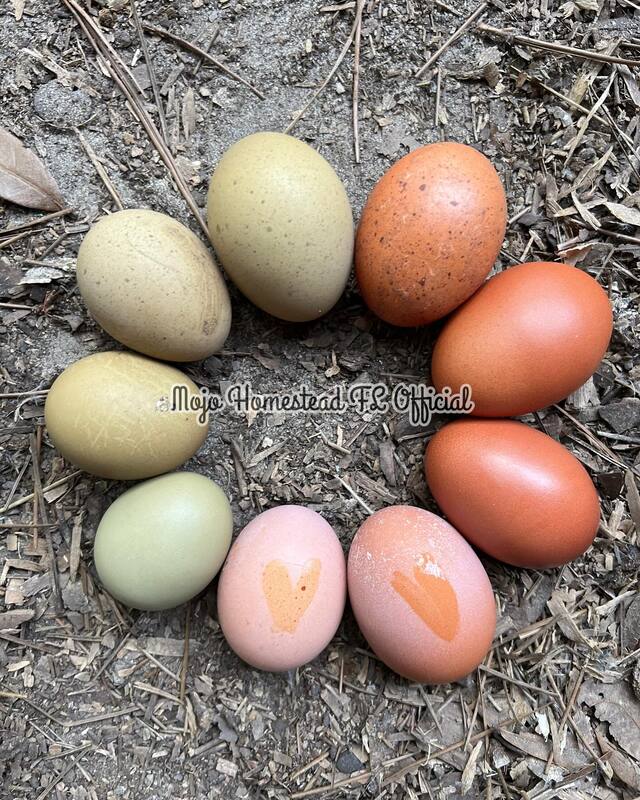
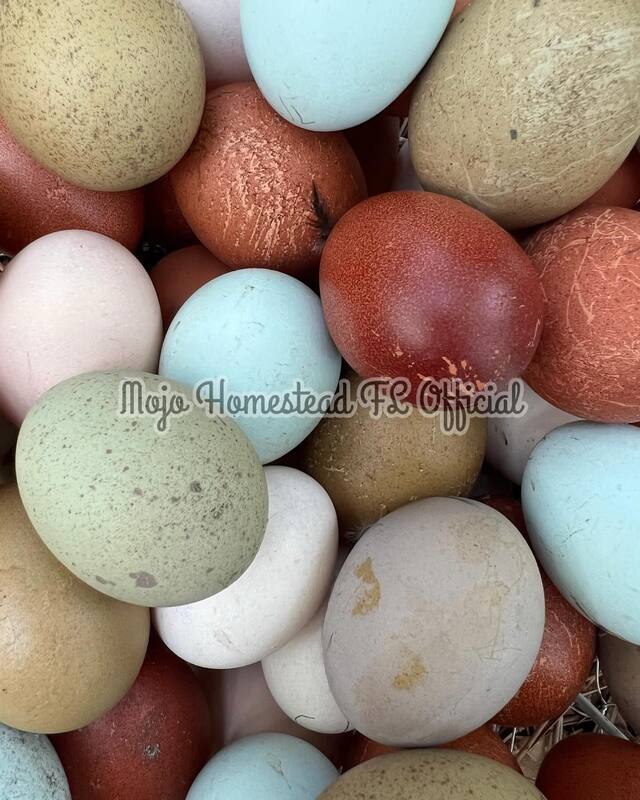

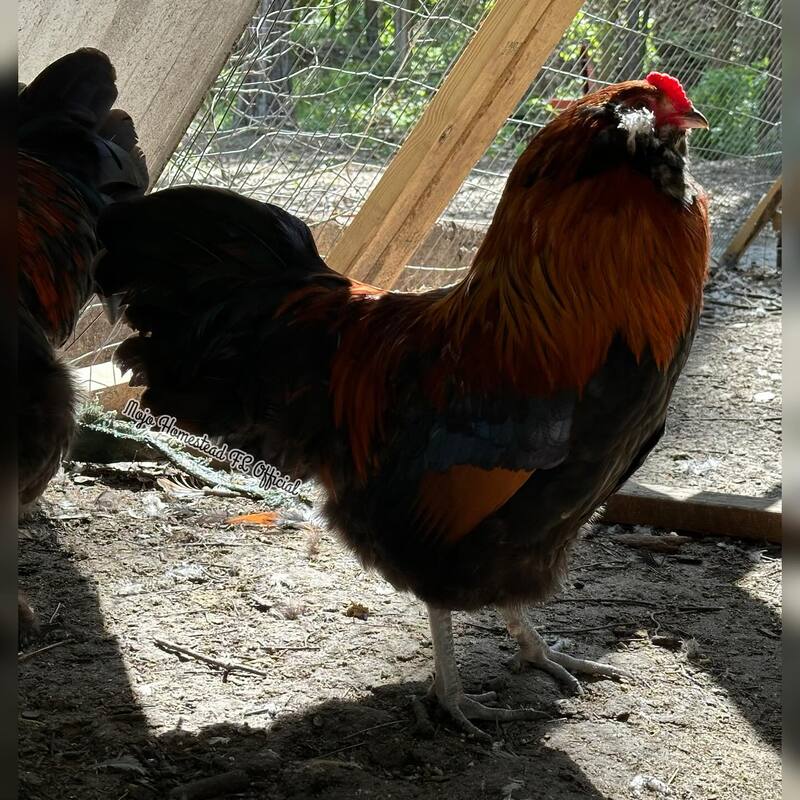



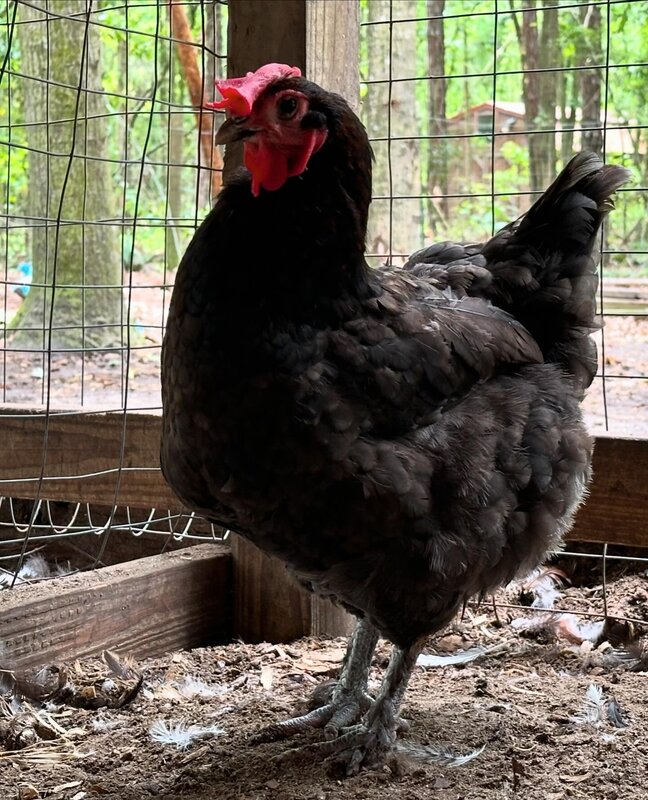
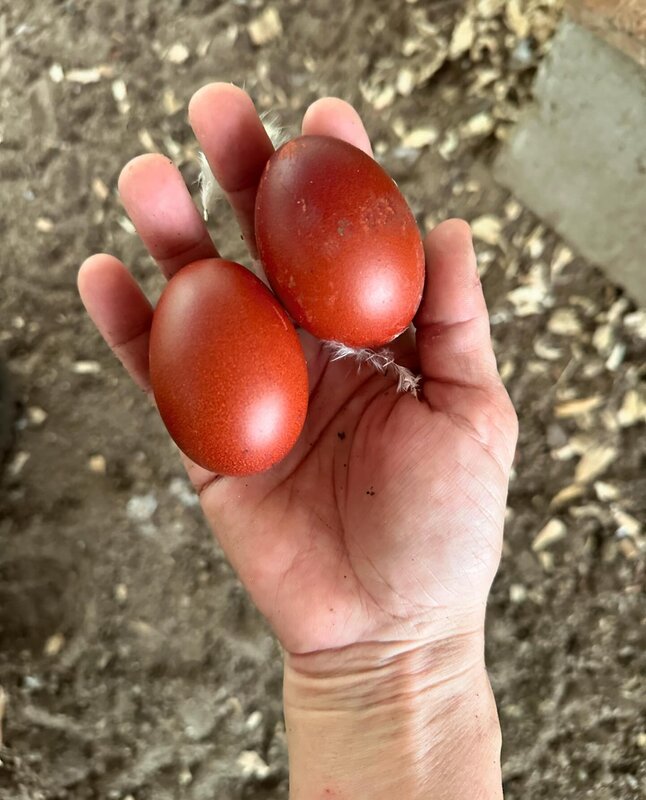

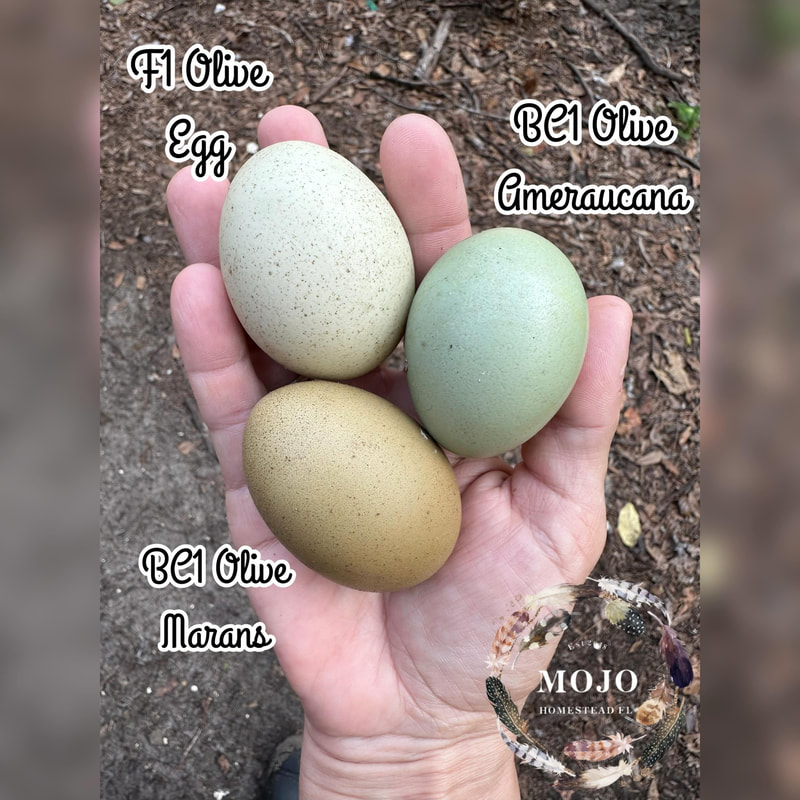

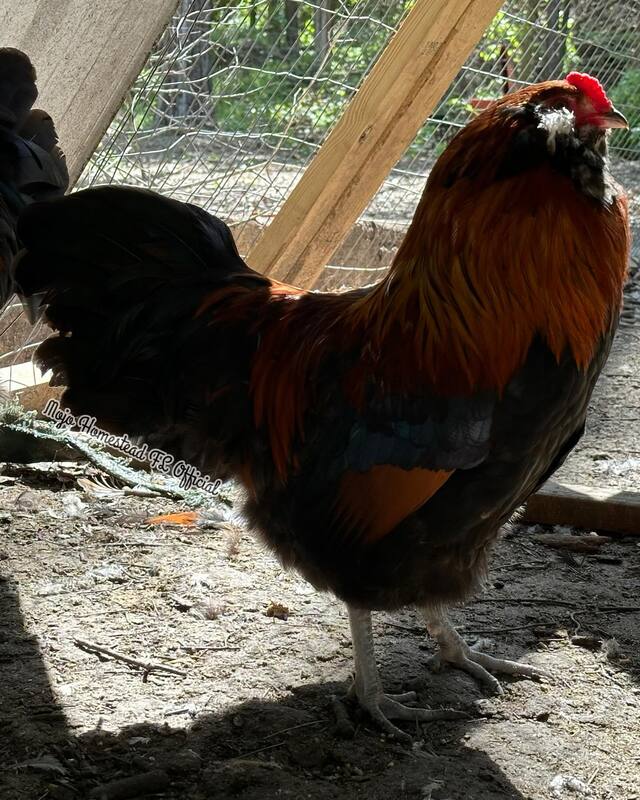
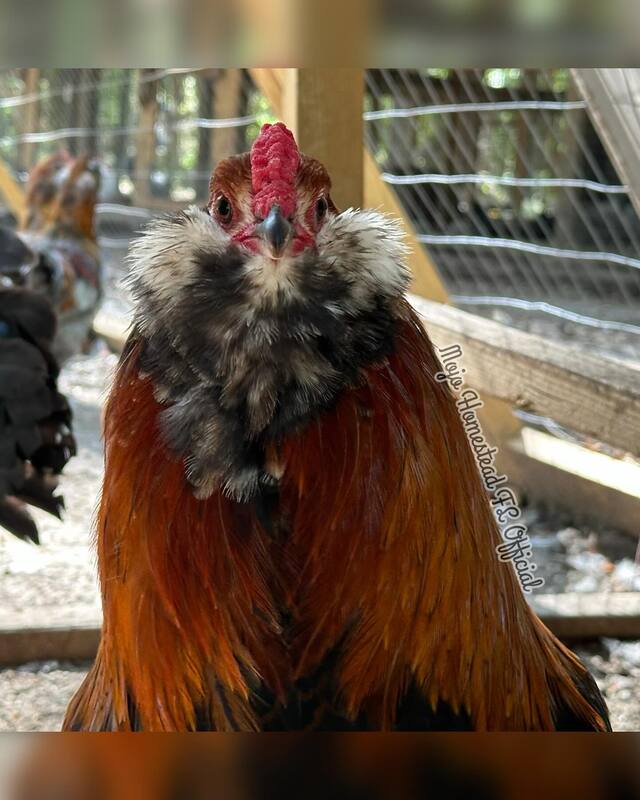

 RSS Feed
RSS Feed